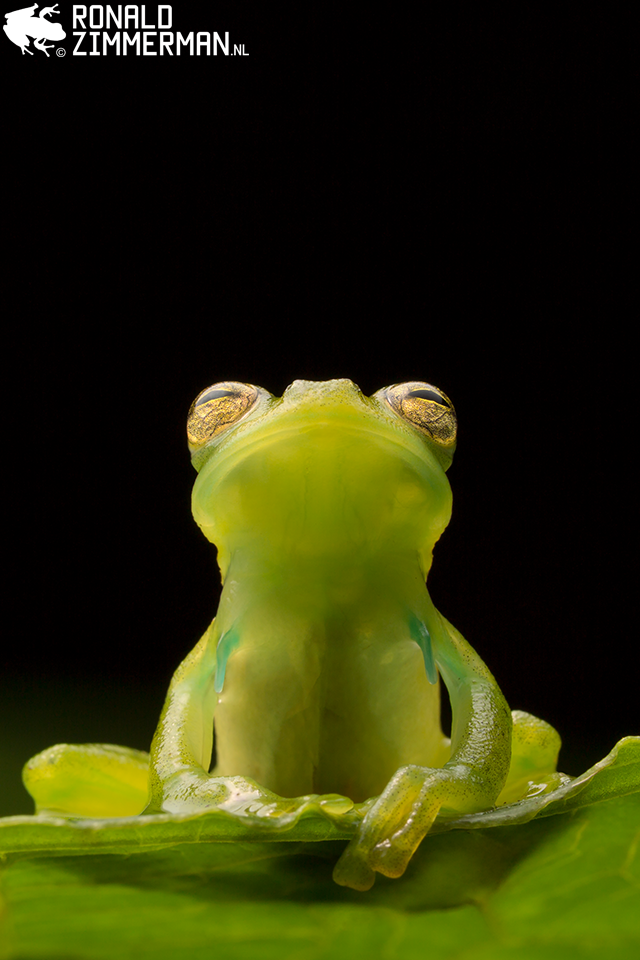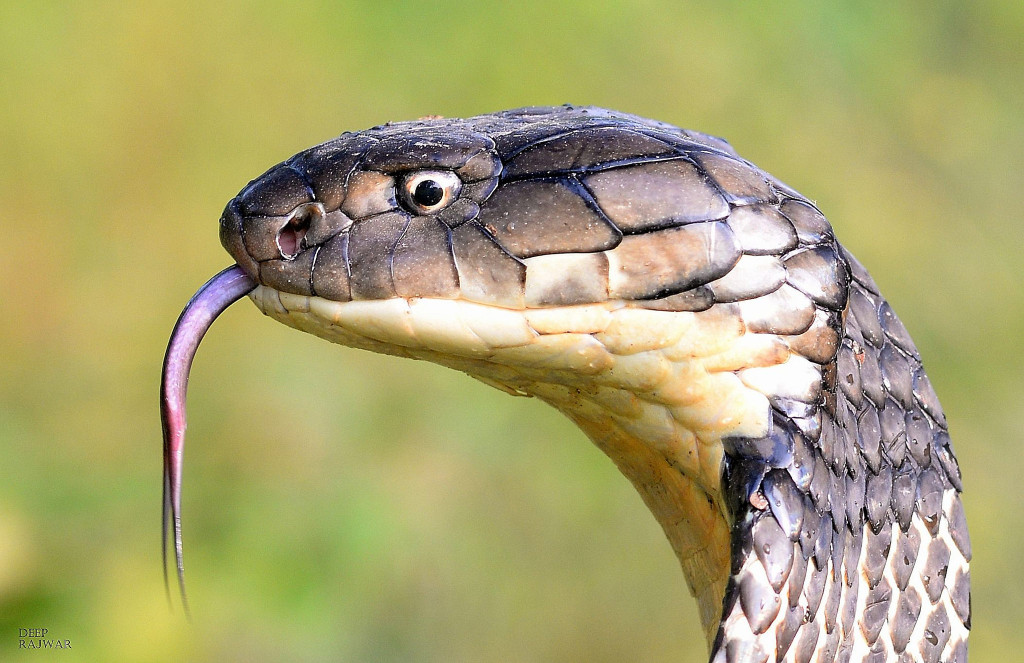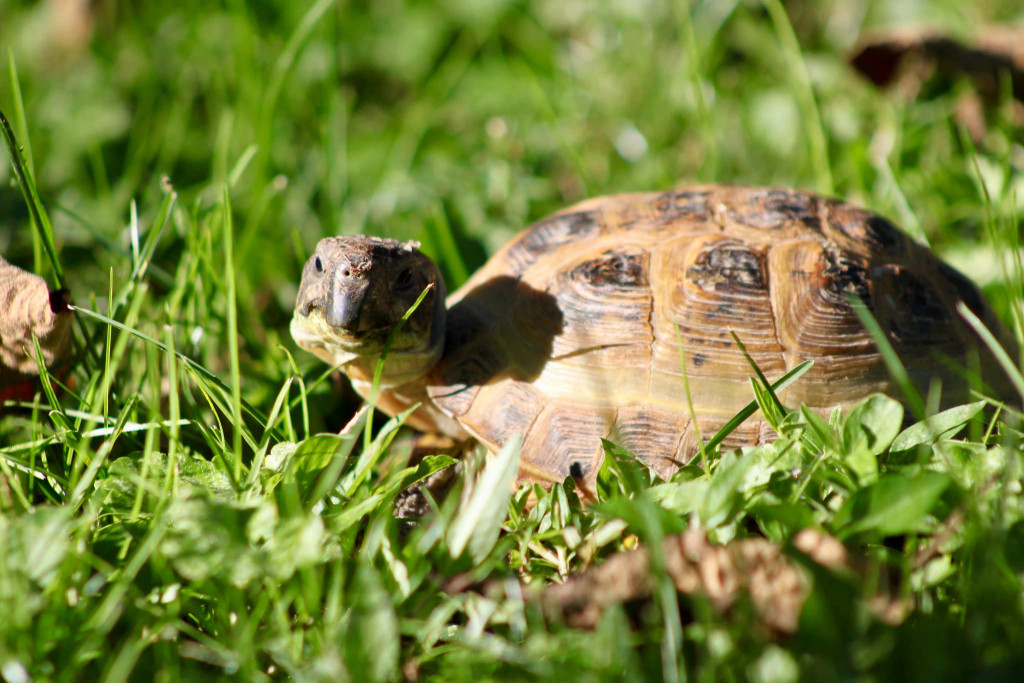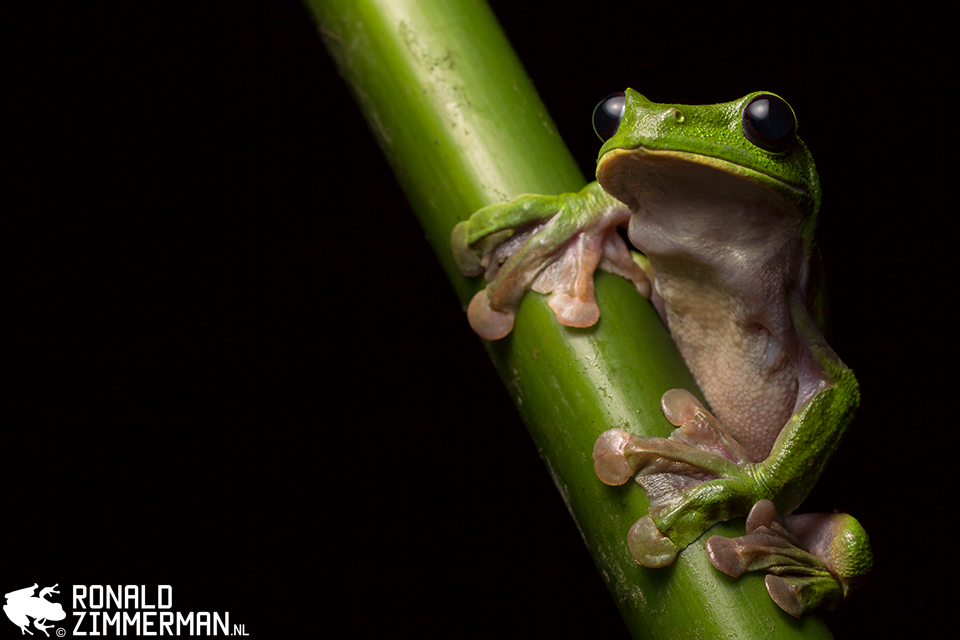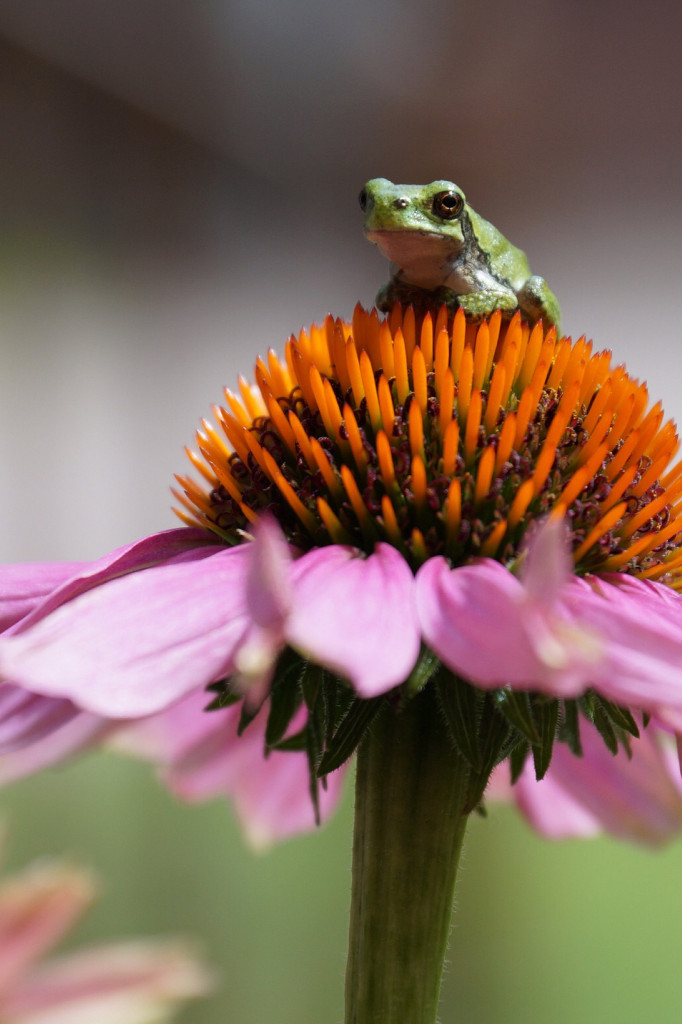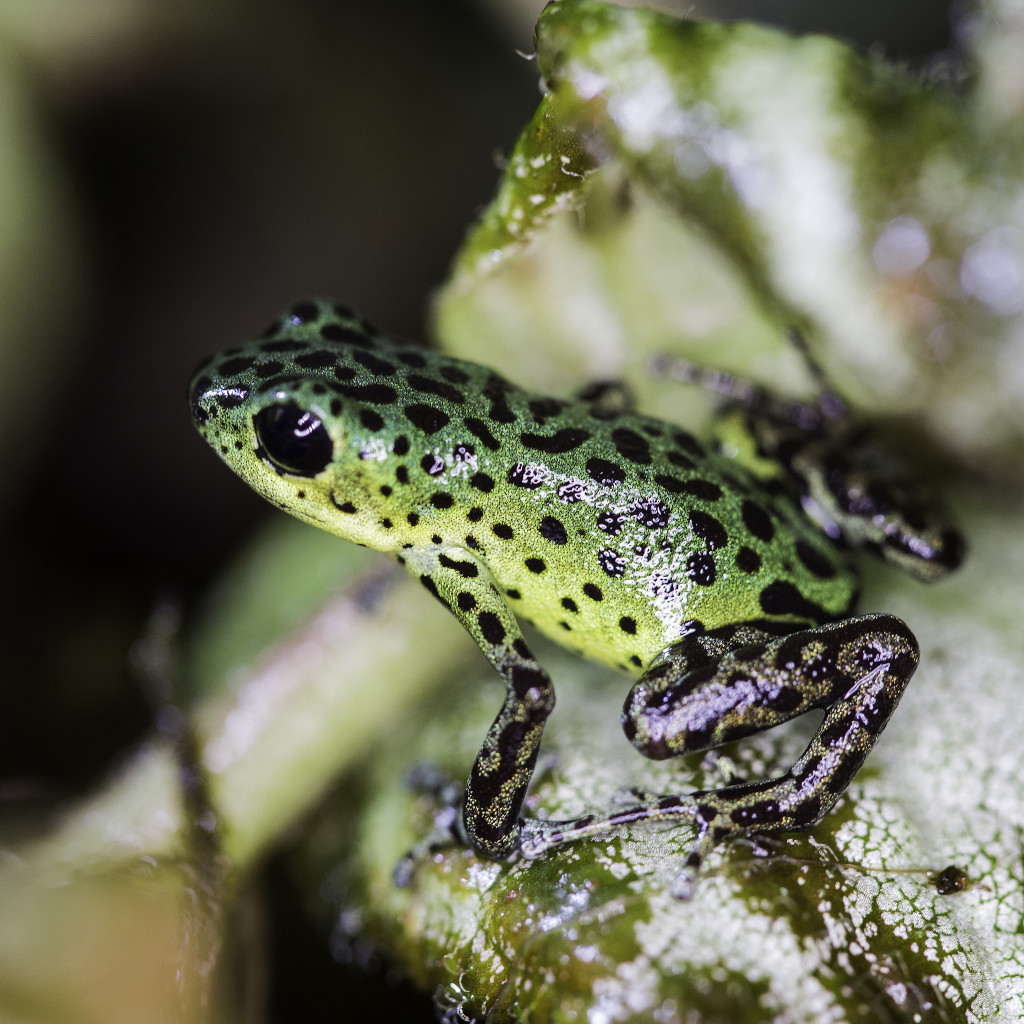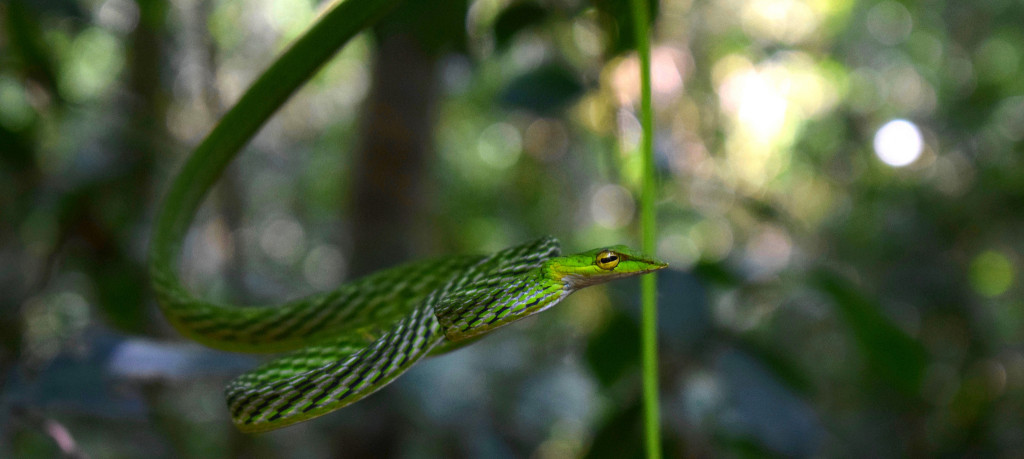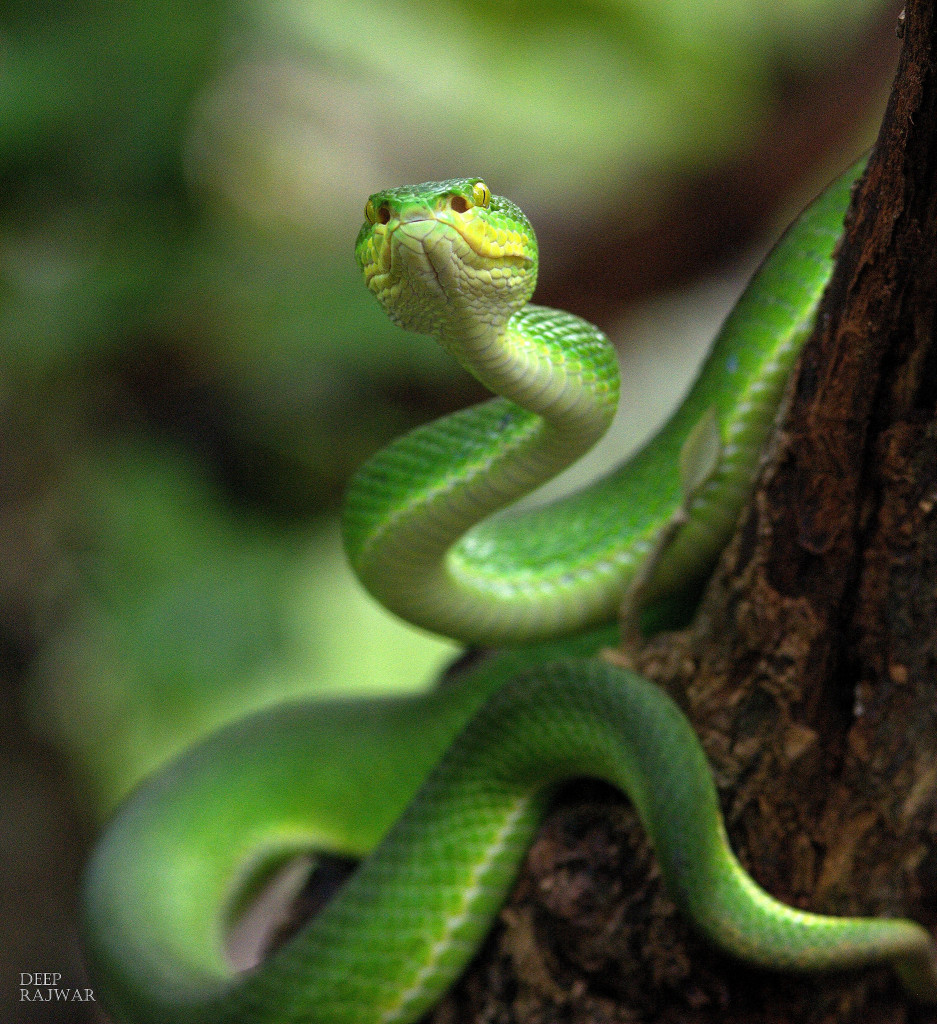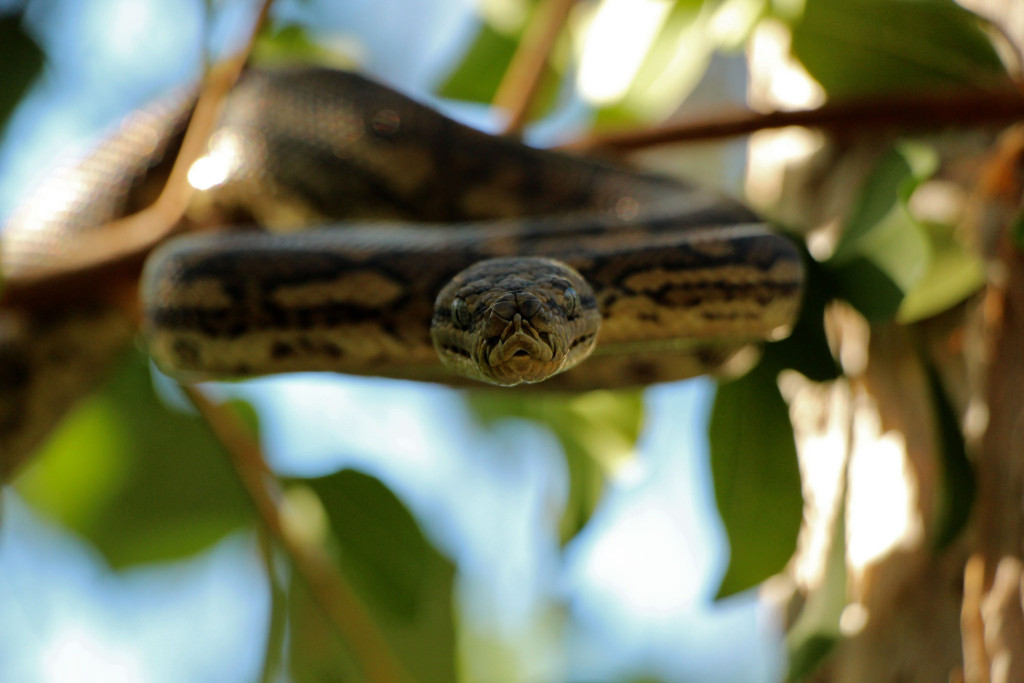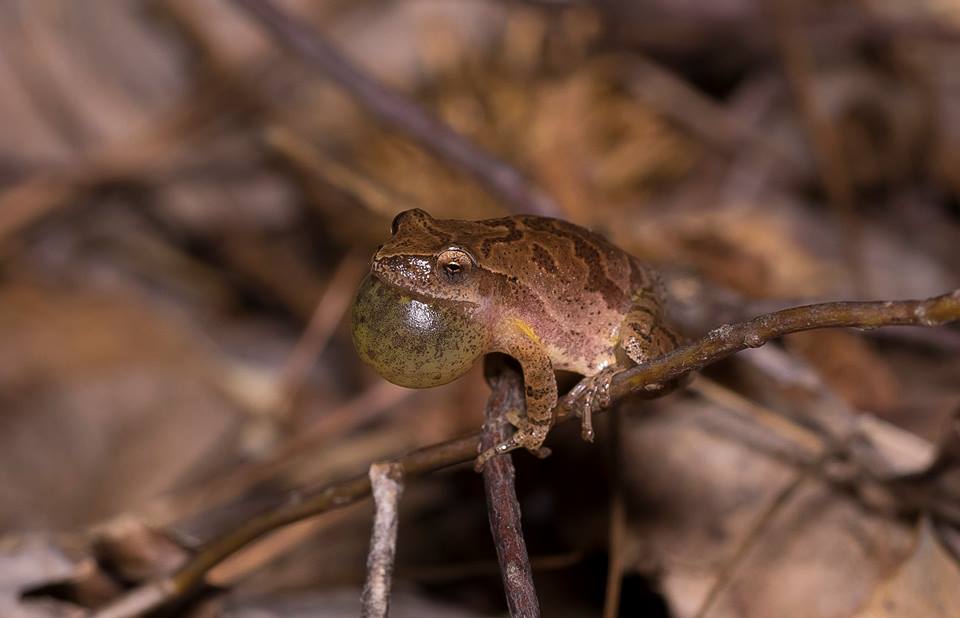Guest post by David Veljacic
The Caretta Research Project is an organization working with loggerhead sea turtles nesting on Wassaw Island National Wildlife Refuge, just off the coast of Savannah, Georgia. The project takes volunteers weekly throughout the nesting and hatching season and immerses them in the fantastic world of wildlife fieldwork, giving them a great opportunity to work hands on with the animals. I was fortunate to have had the honor of working with this group for seven years, three as a paying volunteer for a week each season, and four as an assistant island leader, working the entire season.
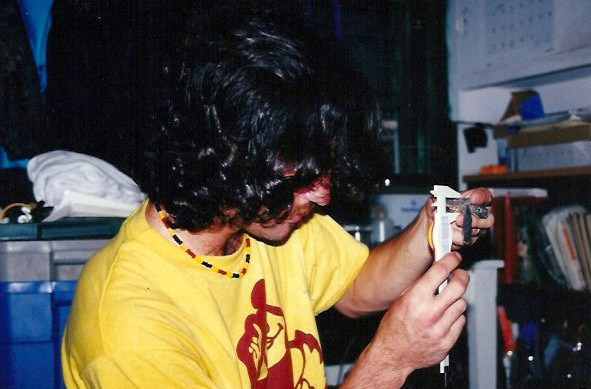
Here is an entry from one of my work “days.” *I’ve added explanations where necessary*
July 3/4
7:30 am – we just got in from our dawn run; Lefty *named so as her left rear flipper was missing; this prevented her from digging her own nests* came up and started nesting at 5:45am. Mike *assistant director at the time*, and I had Rachel (volunteer) help Lefty dig the nest this time. She was SO excited, that’s Rachel not Lefty, Lefty was oblivious. I love having the volunteers do stuff, it’s such a happy thing. It’s time for bed.
10:30 am –got up, marked and GPSed nests on the South end; Kris *director of the project* went North and took the few crew members who were awake birding, they saw the oyster catchers!, AND, AND the wood storks are at the dyke!
Body Surfing! Awesome!
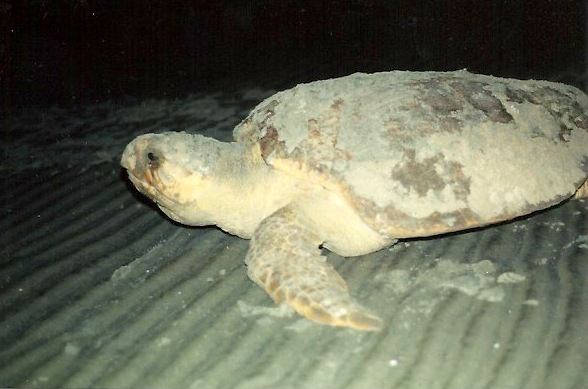
Found freshly dead stranded loggerhead 15 paces north of marker 63. Did a necropsy; 56cm, male, probable shrimp net kill. I have it buried and screened at marker 63. The shrimp boats are everywhere right now, dumping their by-catch for it to wash up on the beach. It’s terrible (unless You’re a ghost crab, then You’d be rollin’ in it!), all these poor little fish and things just dead. Not to mention the pung of rotting animals, I know I said, “not to mention”, but I’m a rebel, at least here, on paper. haha.
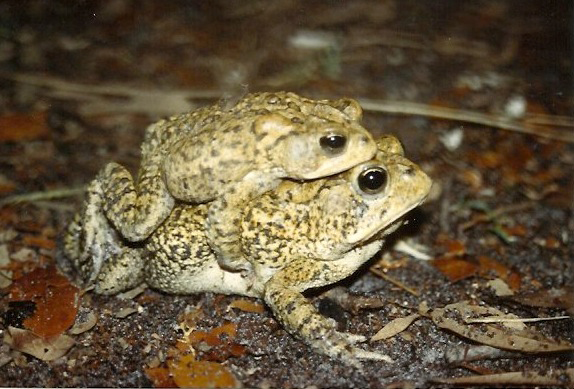
Bruce *caretaker* came by, there was a gator in the ditch pipe beside his house that needed moving. Toughest catch so far! It’s not big, but it wedged itself good’n’tight in the pipe, took Mike and me ‘round half and hour to get it out so we could catch *and relocate* it. 5’ 3”. Showed the crew, then took them to let it go in South Pond where it can’t cause any trouble. The toads are EVERYWHERE! With females dragging clumps of squabbling males clinging desperately to them. . . and the constant trill, it’s just so amazing. Found a bat caught and spun up by a golden silk spider (insert full body shivers here). Rolled some logs, caught a couple of ground skinks, giant eyed click beetles, AND, AND a scarlet snake! Found a king snake predating a yellow belly slider nest.
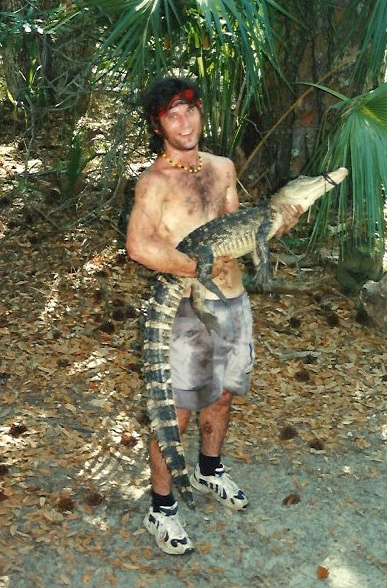
So . . . shortly after arriving back at the cabin we noticed that we were covered in seed ticks. Covered! I’m surprised that I have any blood left; but, after sitting and picking at ourselves, and each other monkey style I think we’re OK.
8:45 pm – time to get ready to cruse the beach for lovely ladies *turtles.*
11:25 pm – Holy Carp! First two runs, swamped! Both ends! Back at cabin for quick break. COFFEE!!! SSK 416 dry ran *a dry run is when a turtle crawls up the beach but chooses not to nest for various reasons* twice, both again, between markers 10 and 13 *markers are spaced 100 meters apart and are used for locating nests, among other things.* I got my favourite neophyte of the season, SSX 474 / SSX 475 again, that’s three for three for her and I this season, will we see each other again? Had 5 nests on my end and 4 on Kris’, we both had to leave people at turtles to carry on patrolling, thank goodness Bev, Joe, Tom and Mary-Ellen (volunteers) know what to do. Great week for the new team members too!
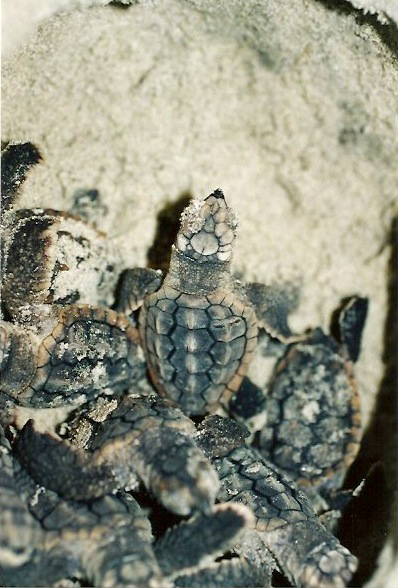
11:45 pm – Oops, time to head back out.
6:35 am – Just in from a busy night, SSK 416 dry ran three more times before nesting 23 paces north of marker 11. My crew got 8 nests, we had to relocate one with 98 eggs, it was laid below the high tide line; Bev digs a mighty fine nest. Kris’ crew got 9 nests, 0 dry runs. 17 nests in ONE night! Kris got The Holy Roller *named due to a hole in the right rear margin of her carapace*
Now for a quick cup of coffee then I’m taking Mary-Ellen, Bev, and Joe to the Fish and Wildlife hut to do bird banding with Peter *the Fish and Wildlife Ranger in charge of the refuge.*
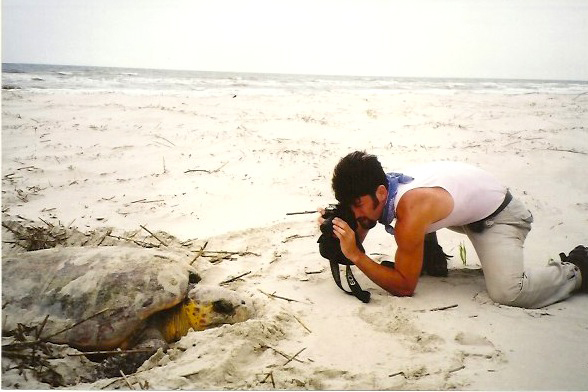
12:20 pm – Back from banding. How about those horny (if You have found this diary and, for some reason, decide to read it to a small child, please feel free to substitute “amorous” for “horny”) dolphins off the Fish and Wildlife dock?!! I wish that I had taken my camera this morning, they were incredible! There were five of them leaping and cavorting about, with their bright pink bellies and their pointy red rockets waving about like flagpoles. They were at it for a long time before moving out of sight.
We banded 3 male and four female painted buntings!, a pair of blue birds, blue jays, cardinals, Carolina chickadees, white-eyed vireos, a black and white warbler, Carolina wrens (my faves., they’re so feisty!), AND, AND I got a humming bird on my last run! It was so tiny and delicate, what a beautiful wee thing. I brought it to Peter not knowing that he doesn’t band hummers, I wish I’d known, would have saved the poor little thing a walk. Oh yeah, I almost forgot (like I really could), we found a small Eastern diamond back on the trail!! Paul is coming next week to specifically band painted buntings and would like my help. Are You kidding me?! I’m in!
Um . . . why are there 6 squirrel tree frogs in my coffee mug?
Time for bed.


